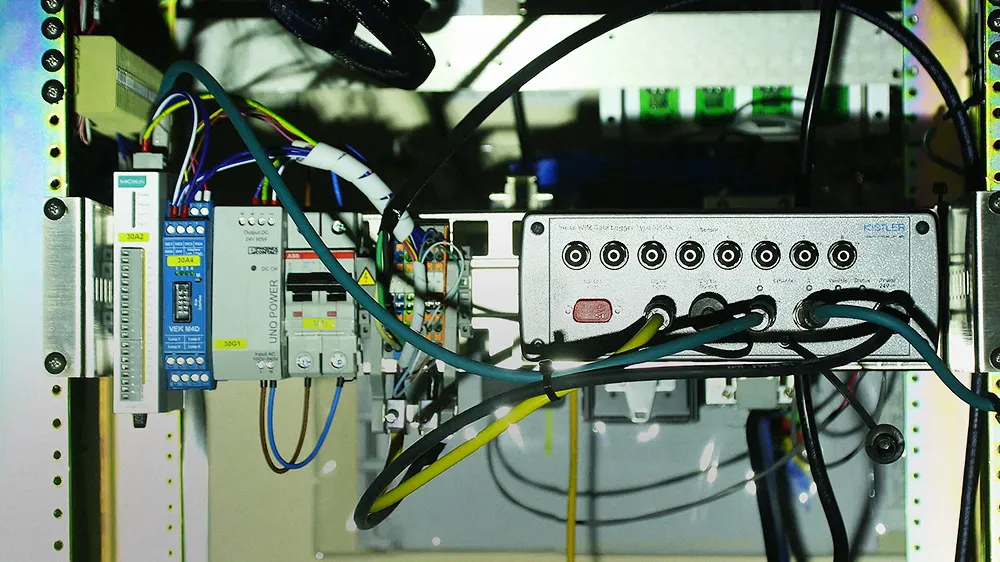Two new managed toll lanes being built on nine miles of the César Chávez Border Highway Loop 375 in El Paso, Texas are expected to increase capacity and reduce traffic congestion in the area thanks to a managed lane free flow tolling system to be supplied by Schneider Electric. The company has been selected by the Camino Real Regional Mobility Authority (CRRMA) to provide tolling system integration and maintenance services on the two new managed lanes. In order to operate and support the additional toll la
March 1, 2013
Read time: 2 mins
Two new managed toll lanes being built on nine miles of the César Chávez Border Highway Loop 375 in El Paso, Texas are expected to increase capacity and reduce traffic congestion in the area thanks to a managed lane free flow tolling system to be supplied by 729 Schneider Electric.
The company has been selected by the Camino Real Regional Mobility Authority (CRRMA) to provide tolling system integration and maintenance services on the two new managed lanes. In order to operate and support the additional toll lanes deployed on both directions of the highway, Schneider Electric will install tolling software and hardware including readers, loops, scanners, cameras and other maintenance equipment.
With an estimated 40,000 drivers using the highway daily, the tolling system will be used to identify vehicles using the managed lanes and ensure that the toll lanes operate efficiently and accurately, providing no-hassle use for drivers, and ease of operation for the CRRMA.
Schneider Electric’s managed lane free flow system is designed to keep traffic in the managed lanes flowing during peak hours, greatly improving drivers’ commuting time. Additionally, free flowing traffic will help to reduce not only traffic congestion, but will also serve to assist in reducing vehicle emissions, improving air quality in the region.
According to Schneider Electric's executive vice president smart infrastructure, Ignacio Gonzalez, “We are honoured to partner with CRRMA to provide toll system integration and maintenance support for the new managed lanes on César Chávez Border Highway. This important project will improve capacity in an area that has seen a fifteen per cent population increase over the past decade, and is a key addition to our portfolio in the state of Texas.”
The company has been selected by the Camino Real Regional Mobility Authority (CRRMA) to provide tolling system integration and maintenance services on the two new managed lanes. In order to operate and support the additional toll lanes deployed on both directions of the highway, Schneider Electric will install tolling software and hardware including readers, loops, scanners, cameras and other maintenance equipment.
With an estimated 40,000 drivers using the highway daily, the tolling system will be used to identify vehicles using the managed lanes and ensure that the toll lanes operate efficiently and accurately, providing no-hassle use for drivers, and ease of operation for the CRRMA.
Schneider Electric’s managed lane free flow system is designed to keep traffic in the managed lanes flowing during peak hours, greatly improving drivers’ commuting time. Additionally, free flowing traffic will help to reduce not only traffic congestion, but will also serve to assist in reducing vehicle emissions, improving air quality in the region.
According to Schneider Electric's executive vice president smart infrastructure, Ignacio Gonzalez, “We are honoured to partner with CRRMA to provide toll system integration and maintenance support for the new managed lanes on César Chávez Border Highway. This important project will improve capacity in an area that has seen a fifteen per cent population increase over the past decade, and is a key addition to our portfolio in the state of Texas.”









